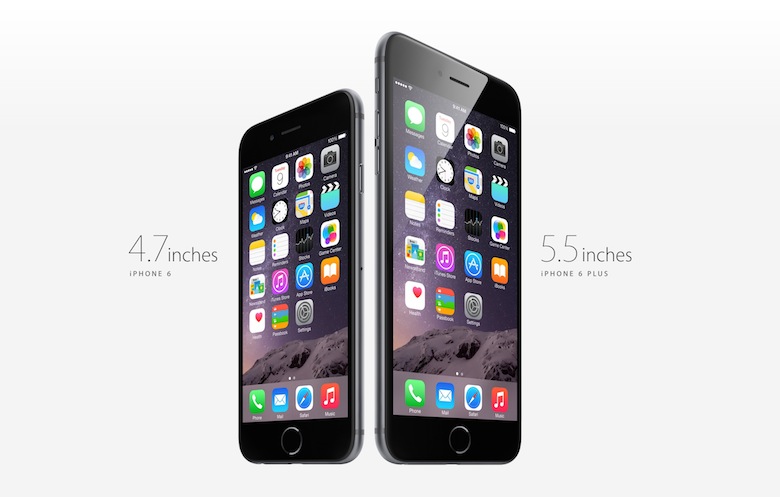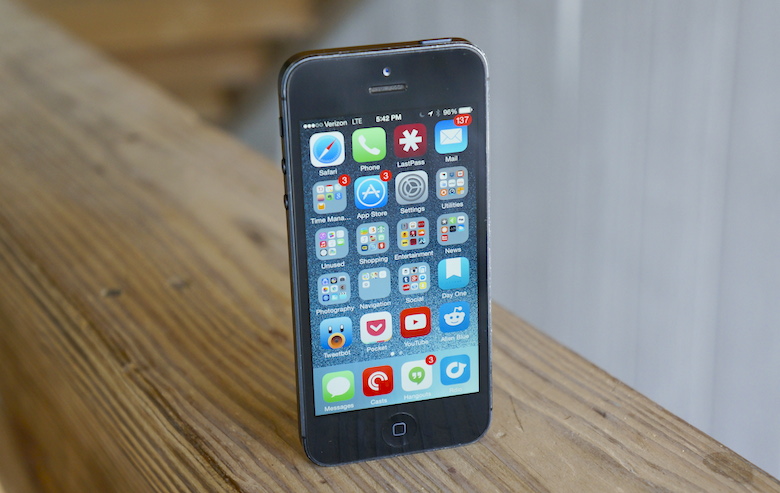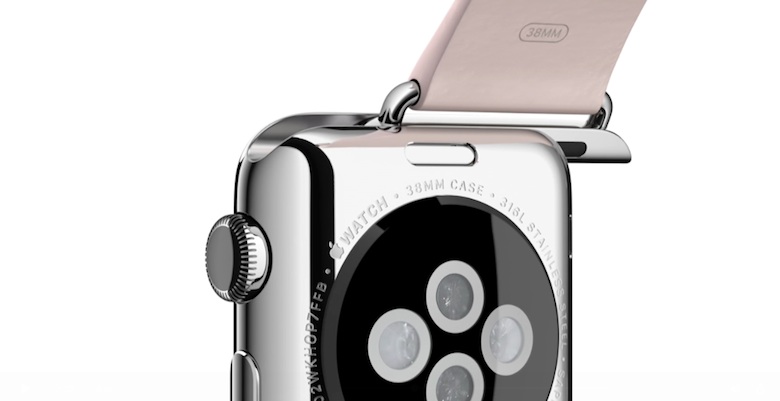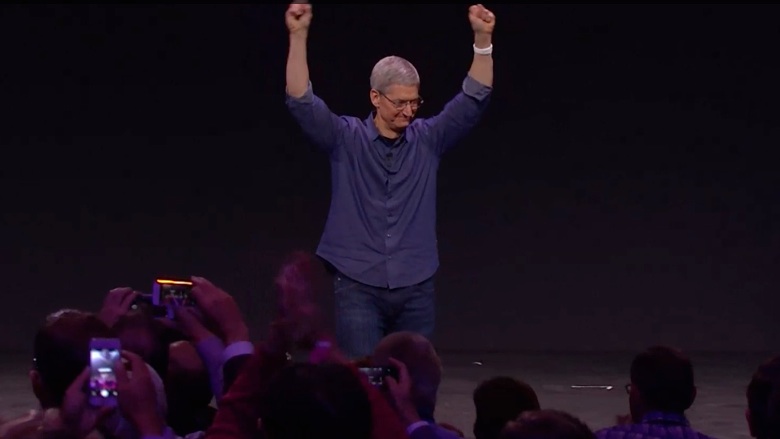In India the most famous brands are Samsung , Micromax , Karbon , Apple , Xolo etc.
but the new kid in the block OPPO looks to steal the show with its first 4G flagship the Find 7.
About Device :
This is a flagship killer at the cost of Google's NEXUS line up with a spec line up of
Qualcomm's Snapdragon 801 quad core SoC backed up by 3 GB ram and a graphics processor of Adrino 330 gpu , its footprint measures 152.6mm tall, 75mm wide, and 9.2mm thick and weighs at 173 grams. The memory that you can physically use comes in a 32 GB varient and accomadates an external memory slot of support upto 128 GB. The display is of IPS type with a large slab of Gorilla Glass 3 takes up most of the phone’s face. Underneath that sits one of the best displays we’ve seen to date: a quad HD IPS panel with a resolution of 2560 by 1440 pixels, and a pixel density of 538. Sure, you can debate on the general need of such a high resolution on a smartphone, and you can definitely see both the advantages and disadvantages, but we have to accept the fact that technology is moving forward, and manufacturers are eager to show off their potential in both employing the latest tech, as well as pushing the envelope. The unboxing of the phone felt very premium as the packaging is equivalent to the standars of that as samsung or apple.
A 13-megapixel Sony Exmor BSI sensor takes care of your primary shooting needs, and it does so with style. About the only complaint we have here is the lack of optical image stabilization, but more
on that in our camera section below.
We’ve already mentioned the 5MP wide angle front-facer, so we’ll jump straight to the 3,000mAh battery, and the connectivity options which include USB OTG, Bluetooth 4.0, 5G WiFi 802.11 b/g/n (with WiFi Direct and WiFi Display capabilities), GPS, and NFC. The radio supports LTE, but frequencies depend on the market.
Software :
Even though the device feels alot premium with its plastic build its a hiccup on the software side with its heart pounding on a year old software release of android ie the 4.3 jellybean version with a huge custom UI ( version of android ) known as ColorOS running the show.
The user interface is packed with features, many of which you will probably never use. Gestures are a big deal for OPPO, apparently, and you can add your own custom gestures to the list, if you want to launch an app or instruct the phone to do specific tasks. Some of these are system-wide, and some are available while the screen is off. You can double-tap on the home button to both wake the device and put it to sleep. Some gestures are universally handy, while some will be useful for only a handful of users.
The Settings menu is divided into three categories, but that’s something other OEMs do, like Samsung and LG, to name a couple. Pulling down from the top left of the display brings up the gesture panel, but if you don’t use any gestures, you can disable them, and the standard notification tray will pop up, just like when swiping down from anywhere to the right of the carrier name.
Then there are the hidden quirks. There’s no easy way of linking contacts that are not identically named in the Contacts app, for instance, and there are a variety of other small annoyances you need to live with. If you like skeuomorphs and colored, candy-like icons, you’ll like the stock looks of the Find 7. The UI is definitely not among the worst one we’ve used, but we would have at least appreciated a more recent version of Android, if stock isn’t an out-of-the-box option.
CAMERA :
The most important high point of the phone is its camera and an awesome point is that the device is capable of taking 50 MP resolution pictures with its 13 MP shooter thanks to the software that OPPO packs in with the device. Its exceptional at reproduction of colours and also is able to shoot 4K video .
Yes, we do miss optical image stabilization and we wish it was included; since it’s not, you’ll have to keep the phone very steady to combat soft focus and blur in low light conditions without using the flash.
The camera user interface is pretty simple and straightforward. You access settings from the cog to choose options like resolution, storage, white balance, scenes, video modes, etc. There’s a dedicated shortcut for flash behavior control, one for switching to the front camera, a persistent shutter bottom, one for video recording, and another one for shooting modes (normal, HDR, Ultra-HD, beauty, panorama, slow shutter, audio photo, GIF, and RAW).
The camera produces great results outdoors, but nowadays, most smartphone cameras are capable of delivering good stills in optimal conditions. It’s in low light where it becomes tricky, and where you really wish the camera had OIS. Under these circumstances, if you don’t have a steady hand, you’ll often induce motion blur in your stills. Otherwise, you’ll have to deal with occasionally washed-out colors and some noise, but we’ve definitely seen worse cameras on other flagships.
SAMPLE IMAGES : ( including ultra hd mode image )
Of particular significance is Oppo’s Ultra-HD mode for stills. This mode outputs 50-megapixel images while using a 13-megapixel sensor. These images are often sharper, with more detail, and overall better than your regular 13MP stills, and we found ourselves preferring this mode over the normal one. You also don’t necessarily have to hold your breath to shoot in this mode, which is a plus. It’s definitely not Lumia 1020-like post-shooting reframing, but it allows you an extra level of creativity which you will likely appreciate.
Videos captured on the Find 7 have good audio and overall image quality. Depending on your usage scenario and conditions, the camera will sometimes find it hard to adjust white balance, or exposure, on the fly. Sometimes you’ll also have to manually tap the screen to force focus when the camera is
not getting your intentions; it takes some time to master its capabilities.
VIDEO SAMPLE :
PERFORMANCE :
Back-firing speakers or not, the stereo ones on the OPPO FIND 7 deliver. We can easily compare it with the HTC One M8, and, it is our conclusion that the only thing that makes the HTC One M8 win this battle (by a small margin, though), is the placement: if the Find 7 had front-firing speakers, it would sound better than HTC’s flagship. Listening to music or talking on the phone using speakerphone mode is a joy.
Hard as we tried, we didn’t manage to bog down the Find 7. That’s mostly due to the flagship specs it packs on the inside. Most of the time during our usage when we had to wait for the phone to execute a specific task, it was due to the internet speed. We think about the only bottleneck you’ll run into while using the Find 7 is your data connection. The phone launches and switches apps in a blink of an eye, and if you didn’t have to wait for information to load through your data channels, it would be pretty instant.
However, it does get very warm every now and then, especially when running demanding games for longer periods of time. That’s normal, and a behaviour we definitely observed on competing phones, like the LG G3, or Sony Xperia Z2.
Voice quality is good on both sides, and so is speakerphone performance. Network signal is on par with any other flagship out there, and data performance delivers, depending on your service provider. We’re using Indian model on AIRTEL, so your mileage could vary, depending on your region or carrier. We also can’t opine on LTE performance as of yet.
Expect a hiccup-free user experience while running daily tasks on the Find 7. Its internals make sure you won’t see any frame-drops, or stutters. However, battery life is something which we wished was just a tad better. We don’t necessarily refer to heavy use of the phone in gaming or imaging modes, but a 3,000 mAh battery should easily be enough for one and a half days. Instead, expect a full day under moderate usage, with definitely the need to top off your charge towards the end of the day (maybe half way through) if you’re playing games. Luckily, with Oppo’s VOOC quick charging, that only takes about 30 minutes for a 75% charge.

Pros
+ Gorgeous display
+ Fast charging thanks to Oppo’s VOOC charging
+ Exceptional performance
+ Great build quality
+ Attractive LED notification
Cons
- Large footprint will alienate some potential users
- 3GB app cap for installing applications to internal storage
- Currently running outdated version of Android
PRICING AND AVAILABILITY :
The OPPO FIND 7 is an exclusive to flipkart.com in India and is aggressively priced for Rs. 37990 which makes it alot more desirable even though it has a few cons.
Its available throughout the main markets including those of USA , Europe and Asia.
Conclusion :
We know you’ll be torn between buying a phone from an already established manufacturer on the market (Samsung, HTC, LG, Sony, etc.), and a flagship from Oppo, despite having great specs. A track record is a powerful thing, and with Oppo, there’s no real history to go by as of yet.
But taking all the aforementioned pros into consideration, as well as the attractive price and the fact that you can unlock the bootloader and tinker with the device without voiding your warranty (check the legalese for details), the Find 7 becomes somewhat easier to recommend.
So should you buy it? As usual, the answer isn’t that easy to paint in black-and-white terms, but we’ll say this: if we had to choose one Android phone, now, to use for the remainder of the year, the OPPO FIND 7 would definitely be on our list of contenders.
SCORE :
I prefer the phone alot and would not mid owning it irrespective of its minor drawback but as or middle aged people and brand fanatics kept in mind i score the device about
8.7 out of 10 .








 Even more common than that is 4.7-inches. The HTC One X, One M7, Moto X, LG Optimus G, and countless other popular smartphones over the years have come with 4.7-inch displays, both with 1080p and 720p resolutions.
Even more common than that is 4.7-inches. The HTC One X, One M7, Moto X, LG Optimus G, and countless other popular smartphones over the years have come with 4.7-inch displays, both with 1080p and 720p resolutions.







 The foundation of what Apple’s done with its new wearable interface is predictable: the
The foundation of what Apple’s done with its new wearable interface is predictable: the 






































